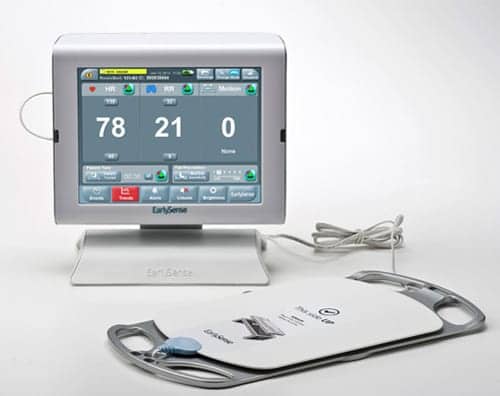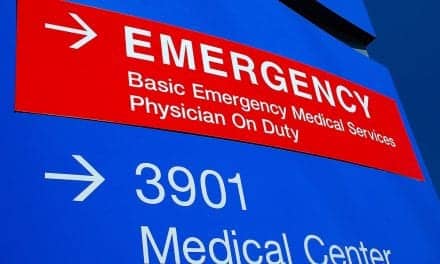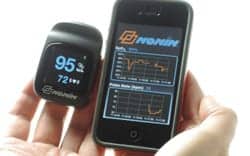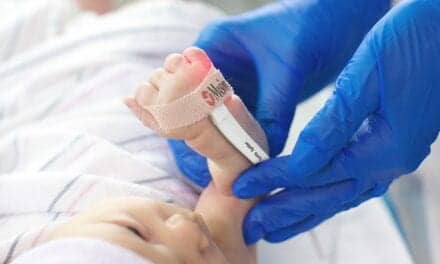Results of a 7,643-patient outcome study revealed that continuous monitoring using the EarlySense System led to a significant decrease in patients’ total length of stay in the hospital, code blue events and intensive care unit (ICU) stay time for patients who had an intra-hospital transfer from the medical-surgical unit.
The study, published in The American Journal of Medicine, was conducted by researchers from Harvard University Medical School and California Hospital Medical Center, and funded by a grant from EarlySense Inc.
In the controlled study, investigators compared a 33-bed medical-surgical unit (intervention unit) to a sister control unit for a 9-month pre-implementation and a 9-month post implementation period. Results showed a decrease in the overall length of stay by 0.37 days, a reduction of 9%.
The average stay in the ICU for a patient transferred from the medical-surgical unit was significantly lower in the intervention unit post implementation by nearly 2 days, a 45% reduction. Furthermore, the rate of code blue events decreased by 86%, according to the study.
“Continuous monitoring is a key factor in recognizing and promptly responding to early warning signs, which should help decrease patient morbidity and mortality, as well as length of hospital stay and costs,” said David Bates, MD, MSc, is Senior Vice President for Quality and Safety and Chief Quality Officer for Brigham & Women’s Hospital. “The study also showed that the continuous monitoring used did not cause alarm fatigue, because of the analytics used by EarlySense which ‘weeds out’ the false positives. We have also assessed the financial impact of the intervention.”
Current literature shows that in the 24 hours prior to ICU admission, as many as 80% of patients have had abnormal values for heart rate, respiratory rate, and oxygenation. The EarlySense monitoring system is designed to facilitate timely interventions for these high-risk patients by adding a layer of care with continuous monitoring and drawing attention to those who may show early signs of deterioration, according to the company.










